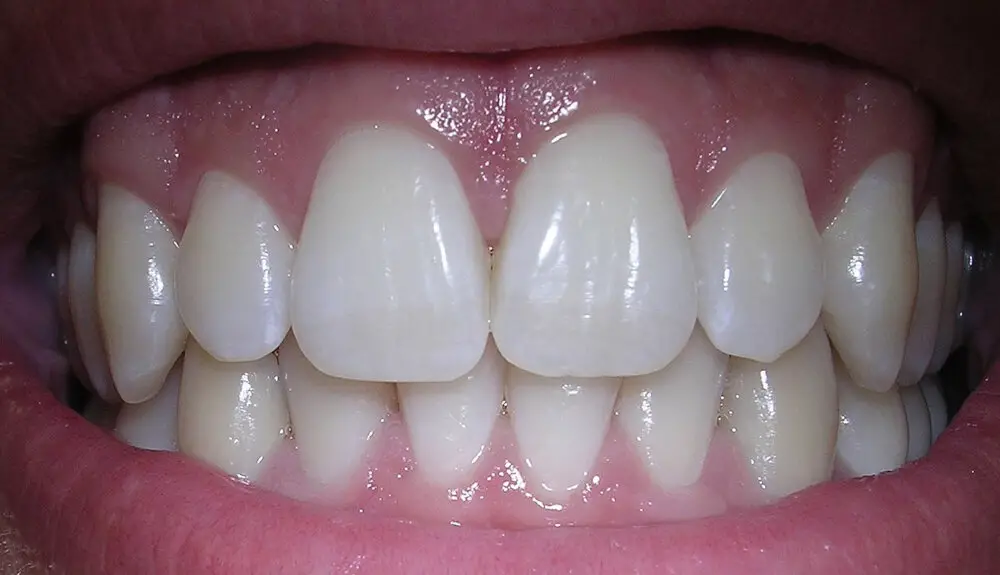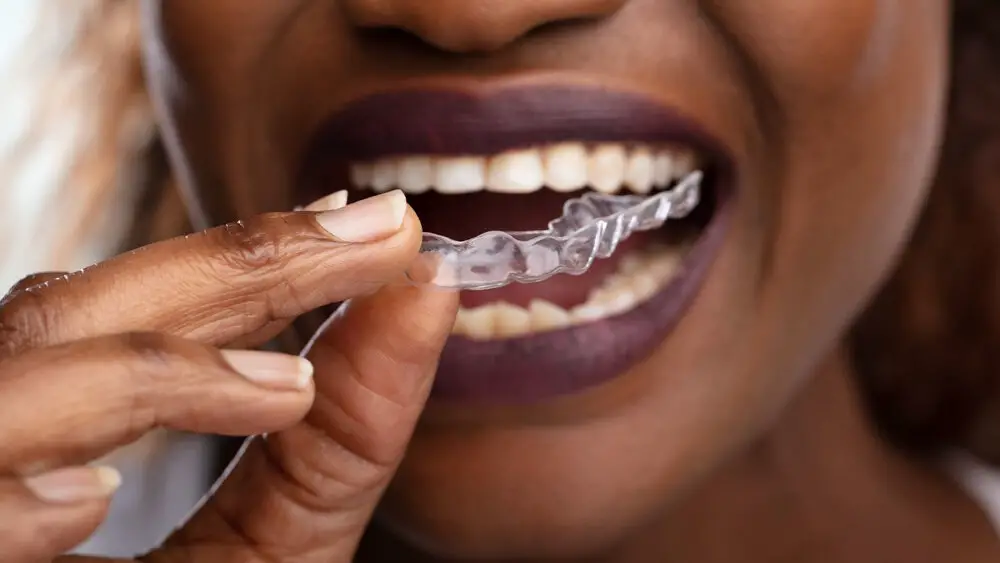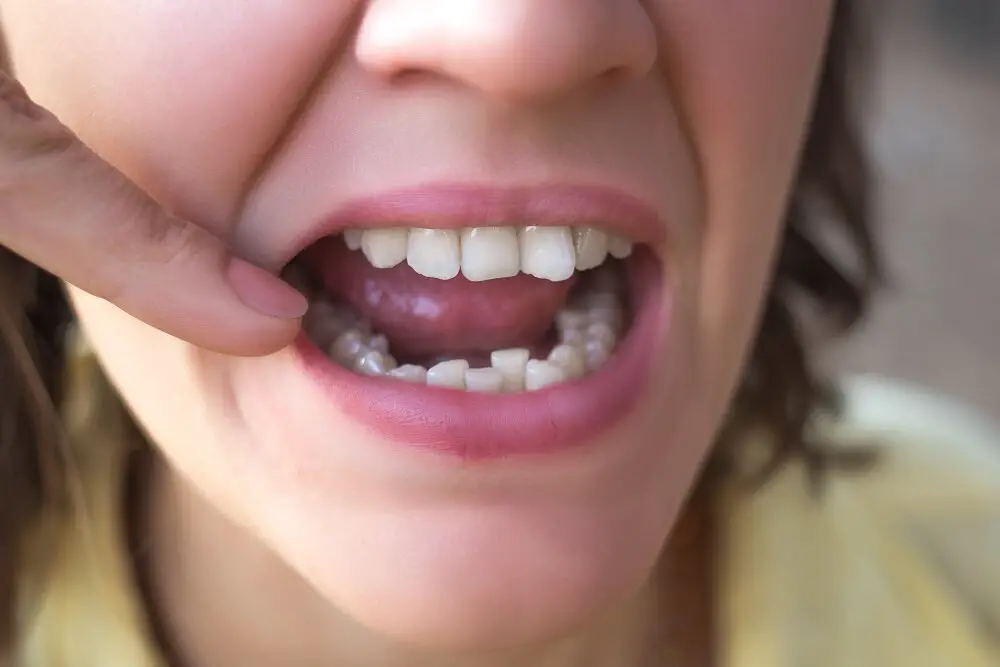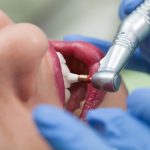Rice After Wisdom Teeth Removal: Tips on When and How to Safely Incorporate it into Your Recovery Diet

After undergoing wisdom teeth removal surgery, it is crucial to follow a healthy and nutritious diet to promote faster recovery and prevent any complications. While many foods are off-limits during the initial recovery period, adding rice to your diet can help provide essential nutrients and energy without irritating the affected area. However, it is essential to be cautious when incorporating rice into your recovery diet and follow specific tips to ensure a safe and comfortable healing process. Rice is an excellent food option to incorporate into your recovery diet after wisdom teeth removal due to its soft and easy-to-chew texture. It is also a great source of essential nutrients, such as carbohydrates, fiber, and some vitamins and minerals. However, not all rice options are suitable for post-surgery consumption, and it is vital to choose the right type of rice and cook it correctly to avoid any complications. In this article, we will provide you with tips on when and how to safely incorporate rice into your recovery diet, along with other essential considerations to ensure a comfortable and speedy recovery after wisdom teeth removal.
Wisdom teeth removal is a common dental procedure that involves extracting the third molars located at the back of the mouth. These teeth typically emerge during the late teenage years or early adulthood and can cause a range of problems, including overcrowding, infection, and pain. The removal process typically involves the use of local anesthesia, sedation, or general anesthesia, depending on the complexity of the case. After the procedure, patients may experience swelling, pain, and discomfort, which can be managed through the use of pain medication and ice packs. Additionally, it is essential to follow a soft food diet and avoid using straws or smoking to prevent complications such as dry socket. Overall, wisdom teeth removal is a safe and effective way to alleviate dental issues and promote oral health.
A soft foods diet is crucial during recovery after wisdom teeth removal. This is because the teeth and gums are extremely sensitive and can easily become irritated or even damaged by hard or crunchy foods. A soft foods diet allows the mouth to heal properly without any unnecessary stress or strain. Additionally, soft foods are easier to chew and swallow, reducing the risk of discomfort or pain during meals. By following a soft foods diet, patients can ensure a smooth and successful recovery from wisdom teeth removal. Incorporating soft foods like rice into the diet can provide essential nutrients and energy, making it a safe and healthy option for those in recovery.
Incorporating rice into the recovery diet after wisdom teeth removal can be a great way to introduce soft, easy-to-digest foods to the healing mouth. Rice is a versatile grain that can be prepared in many different ways, from steamed to fried, and can be flavored with a variety of herbs and spices to add variety to the diet. It is also rich in carbohydrates, which can provide the energy needed for the body to heal and recover. However, it is important to make sure that the rice is cooked thoroughly to avoid any potential complications from uncooked grains. Additionally, adding other soft foods like mashed potatoes, soups, and smoothies can help ensure a balanced and nutritious diet while allowing the mouth to heal properly.
When to Incorporate Rice into Your Recovery Diet

Incorporating rice into your recovery diet after wisdom teeth removal is a great way to get the necessary nutrients while also helping to soothe and heal the surgical site. However, it’s important to know when and how to safely incorporate rice into your diet. In the first few days after surgery, it’s recommended to stick to a liquid or soft food diet to prevent any irritation to the surgical site. As your mouth begins to heal and you start to feel more comfortable eating, you can gradually start to incorporate rice into your diet. Start with small amounts of well-cooked rice, and make sure it’s either mashed or finely chopped to avoid any discomfort. As you continue to heal, you can gradually increase the amount of rice you eat and move on to firmer textures. Incorporating rice into your recovery diet can provide a variety of benefits. First, rice is a great source of carbohydrates, which can help to provide energy and promote healing. Additionally, rice is easy to digest, which can help to prevent any discomfort or irritation to the surgical site. Finally, rice is also a good source of vitamins and minerals, which can help to support your overall health and wellbeing during the recovery process. However, it’s important to make sure you’re incorporating rice into your diet safely and gradually to avoid any potential discomfort or irritation. By following these tips, you can safely and effectively incorporate rice into your recovery diet after wisdom teeth removal.
Timing is crucial when it comes to incorporating rice into your diet after wisdom teeth removal. During the first few days of recovery, it’s important to stick to a liquid or soft food diet to avoid any irritation or damage to the surgical site. Rice, being a solid food, should not be consumed during this time. As the recovery process progresses and the surgical site starts to heal, soft foods can gradually be introduced. This is when rice can be incorporated into the diet, but it’s important to ensure that it’s well-cooked and not too sticky or chewy. It’s also recommended to rinse the mouth with saltwater after consuming rice to prevent any food particles from getting stuck in the surgical site, which can lead to infection. By following the proper timing and guidelines, incorporating rice into your recovery diet can be a safe and beneficial option.
When deciding if you’re ready to eat rice after wisdom teeth removal, there are several factors to consider. First, it’s important to wait until you’re no longer experiencing any pain, swelling, or bleeding in your mouth. This usually takes about a week or two after surgery. Second, you should consider the texture of the rice you plan to eat. Opt for soft, well-cooked rice that won’t require much chewing, as this can be painful and damaging to your healing gum tissue. Third, be mindful of any seasonings or sauces you plan to add to your rice, as spicy or acidic flavors may irritate your mouth. Finally, consult with your dentist or surgeon to ensure that rice is an appropriate food choice for your individual recovery needs. By taking these factors into account, you can safely incorporate rice into your post-wisdom teeth removal diet and promote a smooth and speedy recovery.
Following your dentist’s instructions after wisdom teeth removal is crucial for a successful and smooth recovery. Your dentist will provide you with specific guidelines and recommendations to follow, including what to eat, when to eat, and how to take care of your mouth. Ignoring or disregarding these instructions can lead to complications, such as infection, bleeding, and dry socket, which can prolong your recovery time and cause unnecessary pain and discomfort. By adhering to your dentist’s instructions, you can ensure that your recovery is as comfortable and speedy as possible, and you can safely incorporate foods like rice into your diet when it is appropriate to do so.
How to Safely Incorporate Rice into Your Recovery Diet

Incorporating rice into your recovery diet after wisdom teeth removal can be a great way to get the necessary nutrients while still being gentle on your healing mouth. However, it is important to do so safely to avoid any potential complications. One of the best ways to incorporate rice into your diet is by starting with small amounts and gradually increasing the portion sizes as your mouth heals. You can begin with a small serving of soft, fully cooked rice and slowly increase the amount as you feel comfortable. It is also important to choose the right type of rice, such as white or brown rice, and avoid any spicy or acidic ingredients that may irritate your mouth. Additionally, you can try different cooking methods, such as boiling or steaming, to make the rice even softer and easier to eat. Another important factor to consider when incorporating rice into your recovery diet is to ensure that it is nutrient-rich and balanced. Rice is a good source of carbohydrates and can provide energy to aid in the healing process. However, it is also important to include other nutritious foods, such as fruits, vegetables, and protein, to support your recovery. You can try incorporating rice into dishes like stir-fries or rice bowls that include a variety of vegetables and protein sources. This will not only provide you with the necessary nutrients but also make your meals more flavorful and enjoyable. By following these tips, you can safely incorporate rice into your recovery diet and promote a speedy and successful healing process.
When it comes to choosing rice for your post-wisdom teeth removal diet, there are several types to choose from. White rice is a popular option due to its soft texture and mild taste, making it easy to swallow without chewing. Brown rice, on the other hand, is a healthier option as it is packed with fiber and essential nutrients. Jasmine rice is another great choice as it has a fragrant aroma and a slightly sticky texture, making it easier to eat without putting pressure on your jaw. If you’re looking for a more unique option, you can try black or red rice, both of which are nutrient-dense and have a slightly nutty flavor. Ultimately, the type of rice you choose depends on your personal preference and your post-surgery dietary restrictions.
When recovering from wisdom teeth removal, it’s essential to choose foods that are easy to chew and swallow. Rice is a great option, but preparation is key. One method is to rinse the rice until the water runs clear, then soak it for 20-30 minutes before cooking. This softens the grains and reduces cooking time. Another option is to cook the rice in a broth or stock instead of water, which adds flavor and makes it easier to chew. Additionally, using a rice cooker or instant pot can ensure that the rice is cooked evenly and to the desired softness. By following these preparation methods, you can safely incorporate rice into your recovery diet without causing discomfort or irritation to your healing mouth.
Adding flavor and nutrients to your rice dishes is not only a great way to satisfy your taste buds but also to boost your recovery after wisdom teeth removal. Rice is a versatile grain that can be paired with various herbs, spices, and vegetables to create a delicious and nutritious meal. For example, you can add garlic and ginger to your rice for their anti-inflammatory and antibacterial properties or mix in some sautéed mushrooms and spinach for an extra dose of vitamins and minerals. Using broth instead of water to cook your rice can also enhance its flavor and provide additional nutrition. Experiment with different ingredients and seasonings to find your favorite rice dish and support your healing process at the same time.
Tips for a Successful RiceInclusive Recovery Diet

Recovering from wisdom teeth removal can be a painful and uncomfortable experience, and eating the right foods is crucial for a successful recovery. Rice is a great option for a recovery diet due to its soft and easy-to-digest texture, but it’s important to incorporate it safely and in a way that promotes healing. The first tip for a successful rice-inclusive recovery diet is to choose the right type of rice. White rice is the most easily digestible and is therefore the best choice for those recovering from wisdom teeth removal. Brown rice, which contains more fiber and nutrients, can be more difficult to digest and may cause discomfort. Another important tip is to prepare the rice in a way that is both easy to eat and promotes healing. Boiling rice in water or broth until it is soft and fluffy is a great option, and adding in some protein or vegetables can make it a more well-rounded meal. Additionally, avoiding hot temperatures and spicy seasonings can help to prevent irritation or discomfort in the mouth. By following these tips, incorporating rice into your recovery diet can be a safe and effective way to promote healing and get back to feeling like yourself again.
While rice can certainly be a comforting and easy-to-eat option after having wisdom teeth removed, it’s important to remember that variety is key when it comes to soft food options. Relying solely on rice for your recovery diet can quickly become monotonous and may not provide all of the necessary nutrients your body needs to heal. Instead, consider incorporating a variety of soft foods such as mashed sweet potatoes, yogurt, scrambled eggs, and pureed soups. Not only will this keep your taste buds satisfied, but it will also ensure that you’re getting a well-rounded diet during this crucial healing period.
In addition to incorporating rice into your post-wisdom teeth removal diet, there are other soft food options to consider. Mashed potatoes, scrambled eggs, oatmeal, yogurt, smoothies, and soups are all good choices that are easy to eat and won’t irritate the extraction site. These foods also provide important nutrients that can aid in the healing process, such as protein, vitamins, and minerals. Just be sure to avoid any foods that are crunchy, chewy, or require a lot of jaw movement to eat, as these can cause discomfort and delay the healing process.
Staying hydrated and consuming enough nutrients is crucial after wisdom teeth removal. Drinking enough water and consuming nutrient-rich foods can help promote healing and reduce the risk of infection. Additionally, some foods like rice can be beneficial during the recovery period as they are soft and easy to chew. However, it’s important to choose the right type of rice, such as brown or wild rice, which are higher in nutrients and fiber than white rice. Incorporating rice into your recovery diet can help you meet your nutritional needs while also providing a comforting and easy-to-eat option.
In summary, incorporating rice into your recovery diet after wisdom teeth removal can be a safe and beneficial option if done correctly. It is important to wait until the initial healing period has passed and to choose soft, easy-to-chew varieties such as white or brown rice. Adding broth or other liquids can also help make the rice easier to eat. It is crucial to avoid any hard or crunchy foods that can damage the surgical site and to follow your dentist or surgeon’s specific instructions for a successful recovery. With patience and care, rice can be a nutritious addition to your post-wisdom teeth removal diet.
Following your dentist’s instructions and listening to your body during recovery after wisdom teeth removal is crucial for a successful and pain-free recovery. Your dentist has the expertise to guide you through the recovery process, including what to eat, how to care for your mouth, and when to resume normal activities. By following their instructions, you can avoid complications such as infection and dry socket, which can prolong recovery time and cause unnecessary discomfort. Additionally, listening to your body is key to ensuring that you are not overexerting yourself or consuming foods that are too hard or crunchy for your tender mouth. By taking the time to rest and nourish your body with soft, nutrient-dense foods like rice, you can promote healing and get back to your normal routine as quickly as possible.
If you’re looking for a delicious and nutritious food to incorporate into your recovery diet after wisdom teeth removal, rice should be at the top of your list. Rice is not only easy to prepare, but it also provides a great source of carbohydrates and essential nutrients that your body needs to heal properly. Whether you choose to eat it plain, flavored, or mixed with other ingredients, rice is versatile and can be adapted to fit any dietary preferences or restrictions. Additionally, rice is gentle on your mouth and won’t cause any discomfort or irritation, making it the perfect choice for anyone still recovering from their wisdom teeth extraction. So, don’t hesitate to add rice to your recovery diet and enjoy all the delicious and nutritious benefits it has to offer!
Conclusion

In conclusion, incorporating rice into your recovery diet after wisdom teeth removal can provide a soft and easy-to-eat option that is also rich in nutrients. However, it is important to follow the recommended guidelines and wait until your mouth has fully healed before attempting to eat rice or any other solid foods. Additionally, taking small bites and chewing carefully can help prevent discomfort and potential complications. By following these tips and being patient with your recovery process, you can ensure a successful and comfortable post-surgery experience.







